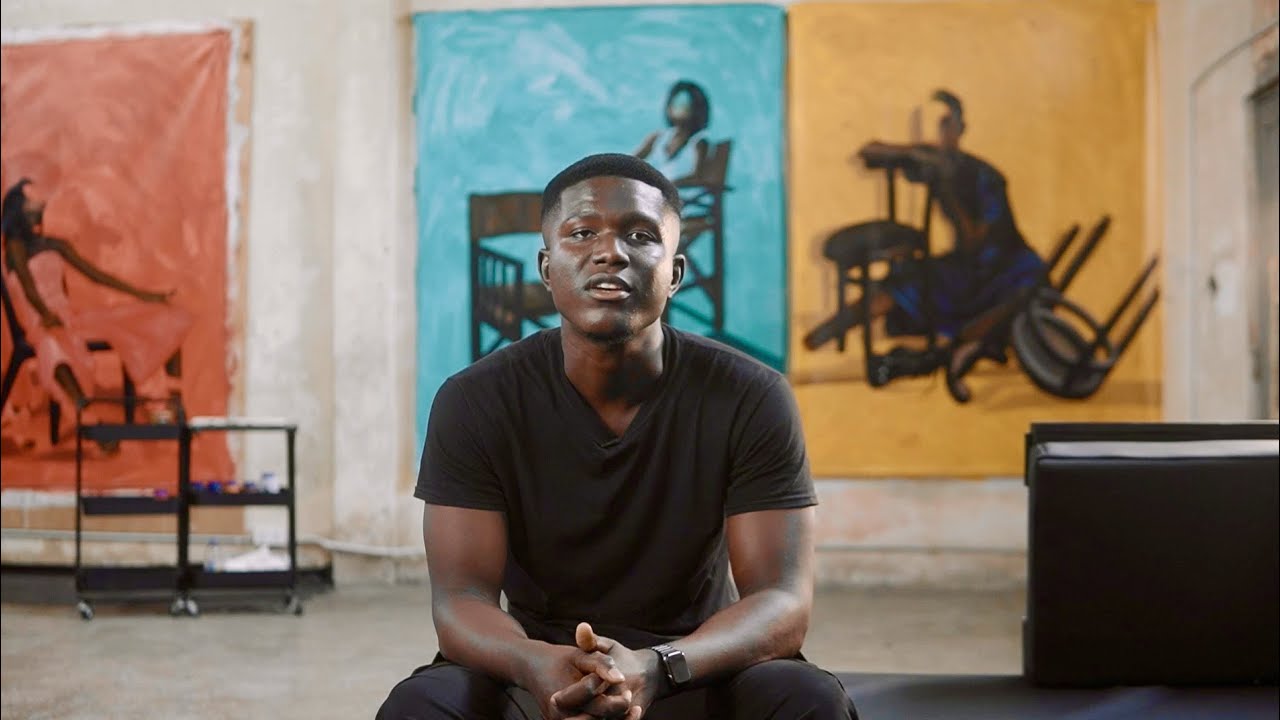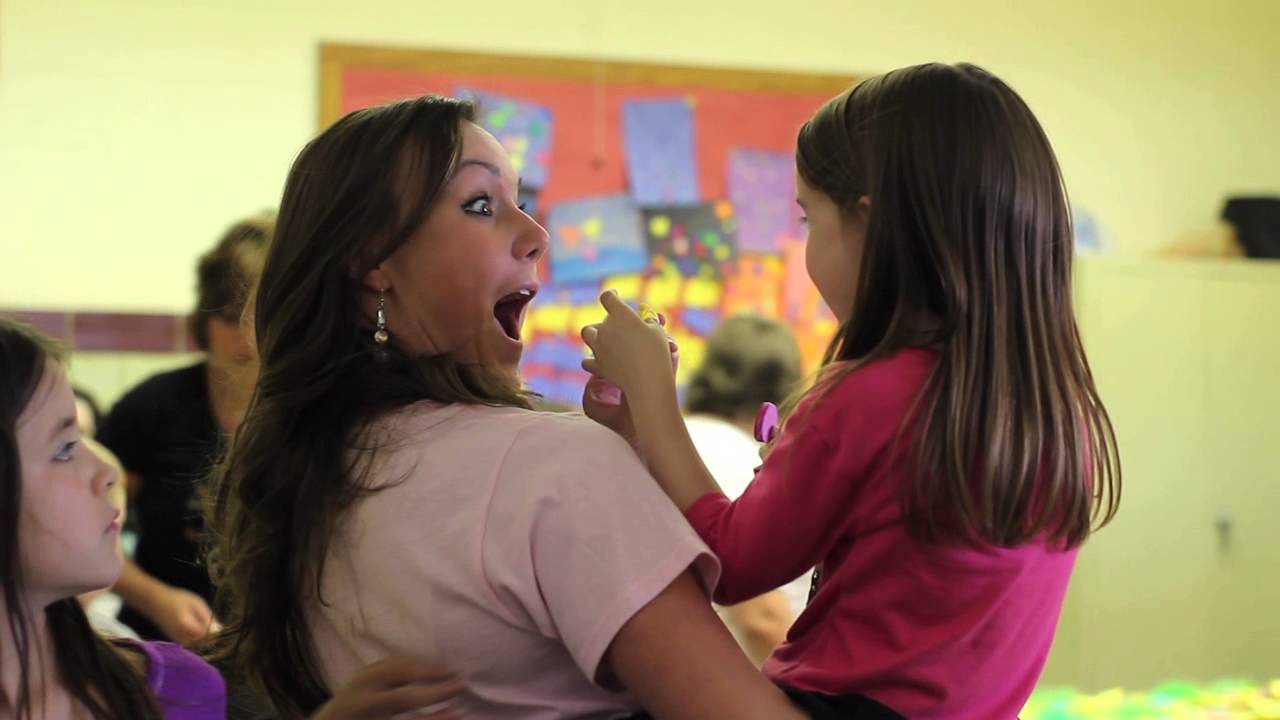If you are looking for inspiration on how to start an afterschool art program, then read this article. This article will walk you through the steps you need to take in order to create a demand for an afterschool art program, plan fun lessons, and advertise the program. Once you have all the pieces in place, you can begin to plan and advertise your program. Creating a need for an afterschool art program is one of the first steps to starting a successful business.
Create a need for an afterschool art program
If you are planning to start an afterschool art program, you will first need a location for the class. Classrooms or nearby schools can serve as great locations. Otherwise, you can reach out to local businesses such as coffee shops, galleries, and art centers for space. Offering a percentage of your student’s earnings is a mutually beneficial partnership. After all, local businesses benefit from increased patronage and may even want to display student art.
Socialization is just as important to school-aged children as academics. After school art programs provide an excellent environment for kids to interact with new people and develop relationships outside the classroom. Socializing can be a challenge for shy kids, but after-school art programs give them a way to interact with other kids outside of the academic environment and reach out to friends. They can also help shy kids overcome their shyness and become more confident.
Plan fun lessons
Planning fun lessons for an afterschool art program is easy when you know your audience and can tailor the lessons to their interests. A few examples of themes include space, elements and principles of art, and art history. Open studio classes, which give students the freedom to experiment with different media, are also a great way to get creative. The most important part of planning fun lessons is knowing your clientele. Once you know this, you can start to plan fun art lessons!
Afterschool art classes should be geared toward middle school students, so make sure you plan your class schedule around the needs of your community. If you are looking for a wider demographic, you may want to start an early morning class and run it on Saturdays. You should also consider the age group of your clientele. Middle school students might be looking to enhance their portfolios and interview skills. You should also consider reaching out to homeschool organizations and local schools.
High school students are generally comfortable with a variety of mediums, but can lose their interest if they’re not directed. Consequently, you should focus on studio activities that are hands-on and teach visual literacy. You can also focus on a specific cause. In high school, your students may be interested in making art for a good cause, or simply to express themselves. These students will be more likely to stay involved in an afterschool art program if the theme is geared to them.
Advertise the program
Trying to advertise an afterschool art program? You’re not alone. In fact, it’s a smart move! In fact, advertising your new program will increase the likelihood of a successful outcome! The following tips will help you decide when to advertise your new program. First, determine who your target audience is. While many middle school and high school students may just want to brush up on their skills, others may be looking for more advanced curriculum.
Secondly, try using local media to get the word out about your program. Reach out to your school’s media team, radio station, and local newspapers. You may also want to take part in community events or parades. Whether in person or virtual, make sure to share your program’s successes and testimonials. In addition, talk to school staff members and request a feature article in the “Back to School” issue. In addition to that, mail out fliers and newsletters to parents of your target audience.
Besides newspaper and magazine ads, you can also try promoting your program by holding an open house. This way, the community can visit your program and make decisions about enrolling their children. It may also help to invite local businesses to exhibit your students’ work. It’s a win-win situation for all parties involved. Aside from that, it’s also a good idea to share the artwork you create with local businesses.

